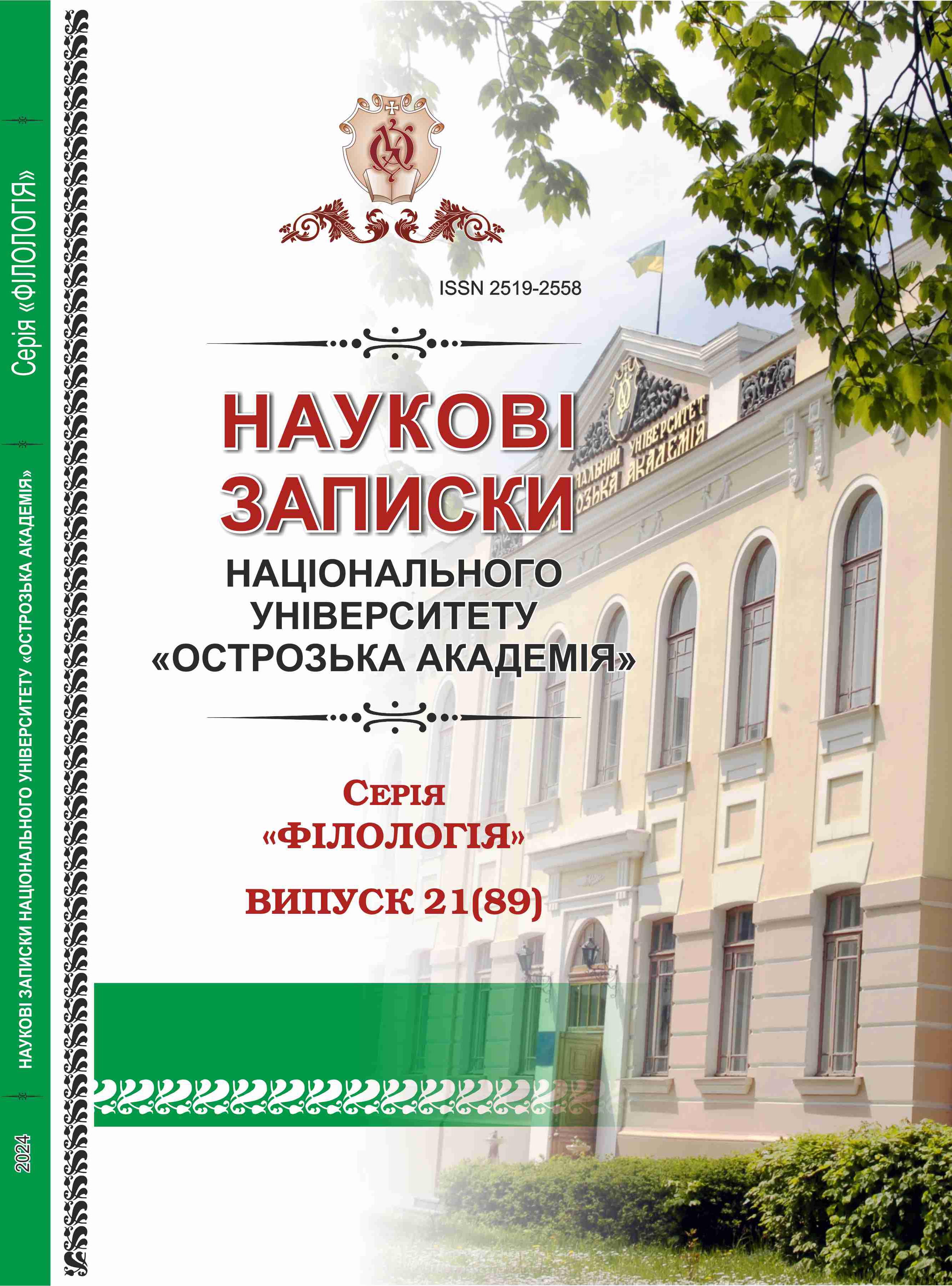NEO-GOTHIC ELEMENTS OF THE TOPOS IN IAIN BANKS’ NOVEL “THE WASP FACTORY”
Keywords:
gothic novel, neo-gothic elements, topos, locusAbstract
This article addresses theoretical and literary questions surrounding the interpretation of the concepts “topos” and “locus”, which are actively debated in scholarly literary circles and have not yet attained a unanimous and definitive literary definition.
A productive genre in contemporary literature is the gothic novel, and the fact that gothic elements continue to actively “pulse” in the modern literary process overall, including within Ukrainian literature (V. Shevchuk, H. Pahutiak, Yu. Vynnychuk, M. Hrymych, A. Kokotiukha, V. Shkliar, etc.), emphasizes the study of the peculiarities of their literary embodiment. When discussing the ideological and stylistic dominants of gothic literature, the topos always occupies an ideologically dominant position. The same priorities are evident in postmodern literature, which actively synthesizes elements of gothic literature into its ideological and stylistic arsenal.
Therefore, this investigation analyzes the neo-gothic elements of the topos in Iain Banks’ novel “The Wasp Factory”, which synthesizes a mixture of dreamlike visions, memories, and contemplations. The spatial model of the gothic world in the work illustrates the reception of gothic novel traits such as fantasy, alchemical-mystical imagery, fear, mystery, horror scenes, the topos of the “island of death”, ancient estates, and “secret” chambers, modifying them within the framework of postmodern literature. This affirms the continued development of gothic literature into our time, seamlessly integrating into the tapestry of postmodern texts and facilitating a more expressive reflection of situations involving disharmony, internal fears, pain, problems, chaos, and the uncertainty of the contemporary world.

